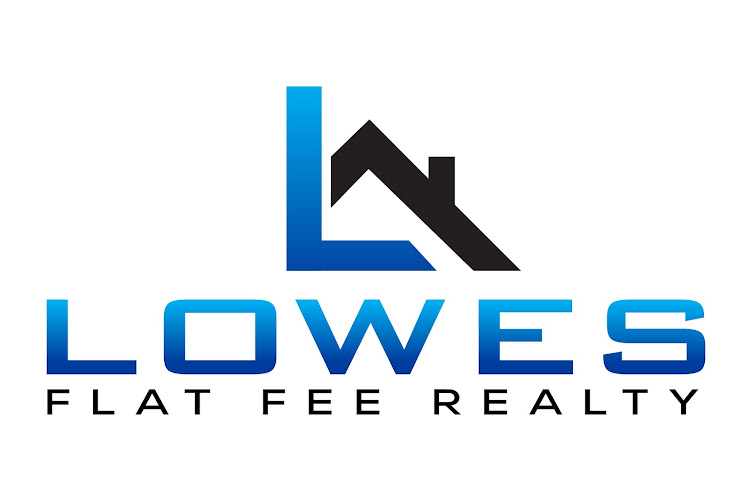Last week, with the June Market Report still buzzing in my head, I wrote to one of our favorite economists, Ken Fears at NAR.
I offered him a snapshot of what’s going on here in Ada County:
- Sales are up strongly… +9.4% YTD combined new and existing
- Median is up even more… +26% YTD
- Inventory is at 2001 levels… 2,054 active single family homes… -29% from 2011.
- Distressed properties as a percentage of “solds, pendings and active inventory” have improved from about 60% to below 30%.
- Our unemployment has dropped from 10% to very near 8%.
Ken focuses on regional data, so I asked him if our sales volume was likely to continue at its current pace (+9.4% YTD) or slow down; if our median price could keep increasing the way it is (+26% YTD) and for any other insight he had for us.
Highlights of his reply include:
- There has been a surge in interest from traditional owner-occupied demand in response to the record low mortgage rates
- Current median increases are in part driven by the fact that the share of non-distressed properties is much higher implying that the weight of the price discount for distressed properties is playing a smaller role in the median price today than it was a year ago
- Non-distressed prices are on the rise
- Builders were caught on their heels and it will take time to move new production through the pipeline
- The lack of inventory may cause some spikiness in prices, but appraisers are still pensive as are bank underwriters, so I would expect this trend to hit upward bounds fairly shortly
- Strong trend price growth will help the market find a better balance by drawing in more supply as prices rise
All valid points, but I wondered a little more…
Our Valley has lost so many builders in the last three years that I worry that we’re not going to be able to build enough to keep up with the demand.
Isn’t a more likely scenario that homeowners like me will be able to make up the gap between what we owe on our homes and what they are worth? My house lost value for each of the last 4 years. But…with my most recent tax assessment it went up $15,000. I asked Ken…”Does anyone know how much, on average, current homeowners will have to make up to be able to sell without paying to close?
According to CoreLogic:
“Of the 11.1 million upside-down borrowers, there are 6.7 million first liens withouthome equity loans. This group of borrowers has an average mortgage balance of$219,000 and is underwater by an average of $51,000 or an LTV ratio of 130 percent. The remaining 4.4 million upside-down borrowers had both first and second liens.Their average mortgage balance was $306,000 and they were upside down by anaverage of $84,000 or a combined LTV of 138 percent.”In a nut shell, prices would have to rise between 30 to 38% percent nationally.
Given the size of the loans, this likely isn’t reflective of Ada county or Boise; it is much more likely to reflect trends in California where the bulk of underwater borrowers are.
So what does that mean for Ada County? We need another 12-14% in median price increase to free up those of us who bought in the last 5 years…and that’s going to take another year or two. But, when it gets there…look out. We’ll have a “move up” buyer group stronger than we’ve seen in a very long time.
Nearing the end of our conversation I asked Ken about a story I’d heard about median home price in which the reporter said “median price should be 3.5 times annual family median income”. I looked at Boise numbers (which vary widely depending on who you ask) and found that our family median is between $47,898 and $67,000.
With those numbers, and the story’s premise, our sustainable median would be between $168,000 and $234,000.
“The problem with that premise”, said Ken “is that it doesn’t take into account the wildly low interest rates. When that ratio was determined, rates were 5-6%; at 3% or less it just doesn’t work”.
Instead we have to look at monthly payment…and that’s another blog for another day.

No comments:
Post a Comment